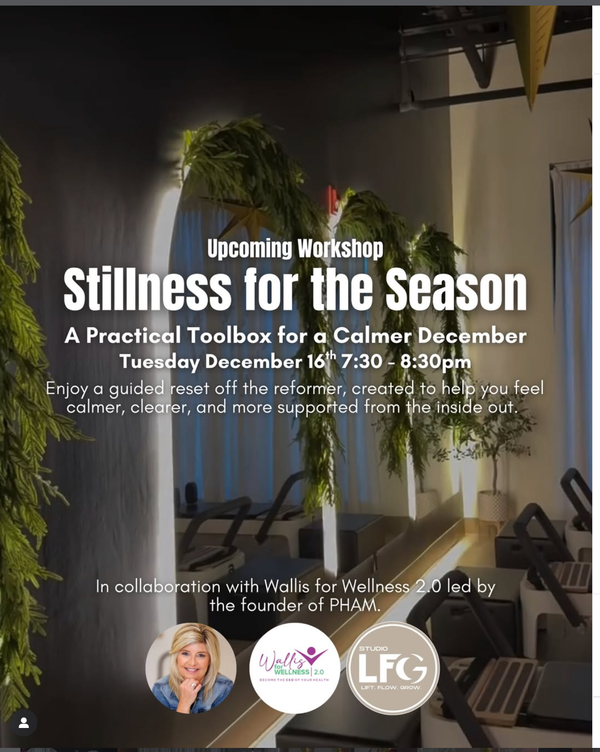Plan to Prevent Falls

Winter is far from over and there are bound to be many hazardous weather days in the weeks ahead. Seniors who are more prone to having falls that land them in the emergency room and sometimes into assisted living can help prevent these injuries by making fall prevention a priority in 2023.
According to a Globe and Mail report, up to 30 percent of older adults over the age of 65 fall each year in Canada, costing many seniors their independent lifestyle as a result of injury and placing a growing burden on the health care system. As the number of older adults doubles over the next 20 years, the cost of caring for elderly adults who are injured from a fall could soar to an estimated $4.4 billion. To be clear, falling is not a normal part of aging so taking steps to proactively prevent anything that could lead to a fall is important.
Roughly half of all falls happen inside the home so ‘fall-proofing’ the house is an important step. Making sure cords are tucked away, avoiding the use of scatter rugs, having stair railings that are secure and installing grab bars in the bathroom is a good start. Checking that your indoor shoes and slippers have proper tread and haven’t worn down to the shine will help as will making sure pets are trained to watch out for you instead of the other way around. It is not uncommon for incontinence to cause falls as one rushes to the bathroom. Like falling, incontinence is also not a normal part of aging and should be reported to the family health care team.
In Canada, where the winters are a serious business in most parts of the country, slipping on snow and ice is a risk for elderly adults who may have balance problems, muscle loss and weakened bones. Although the reality of winter is unavoidable, many older adults don’t put enough thought and effort into dressing appropriately for the conditions. Starting from the ground up, a supportive, grippy pair of properly fitted boots is the first step in helpings seniors prevent falls this winter. Because many older adults don’t lift their feet as much while walking, they are more likely to trip over uneven pathways. Experts advise seniors to slow down and use a cane, fitted with an ice pick if necessary, to reduce the risk for falling.
Besides using common-sense tactics to prevent falls; removing clutter, clearing sidewalks of snow and ice, installing handrails and improving lighting, maintaining strength and balance in older age is also instrumental in staying active and independent longer. Many hospitals and community centres offer exercise and fall prevention programs, taught by a physiotherapist, free of charge. The key is to take the classes before a fall occurs; ask your health care provider for class locations. The Canadian Centre for Activity and Aging has a series of online Active at Home videos. In Ontario, you can find health care services near you by following this link to Ontario’s health index.
No matter what the goal you have in mind for the coming year, it’s not enough just to say you are going to make changes that improve health, longevity and well-being. You must put your intentions into action. Many find that writing down your specific plan and scheduling time on a calendar will help ensure that you stay on track and accountable. Joining a fall-prevention or exercise class that focuses on balance and strength training is a good place to start and by interacting with more peers, the risk for social isolation also decreases which is also an important component of successful aging. If you’ve already fallen, have low bone density, been diagnosed with osteoporosis or have a fear of falling you may benefit from wearing hip protectors for an extra measure of safety.




